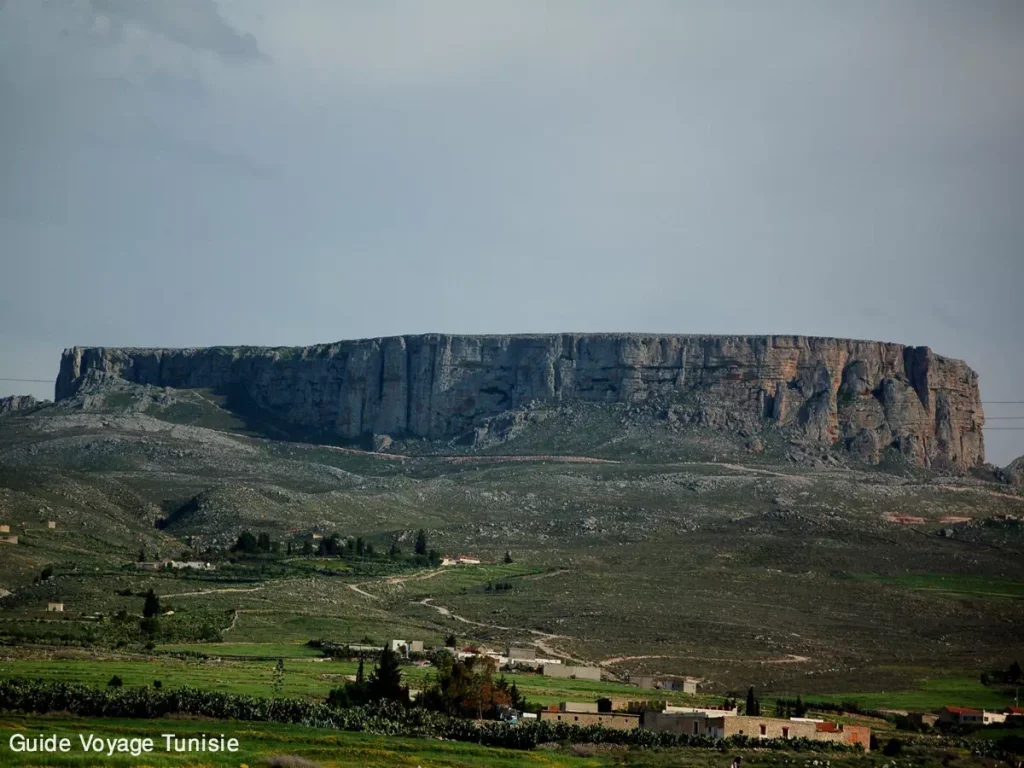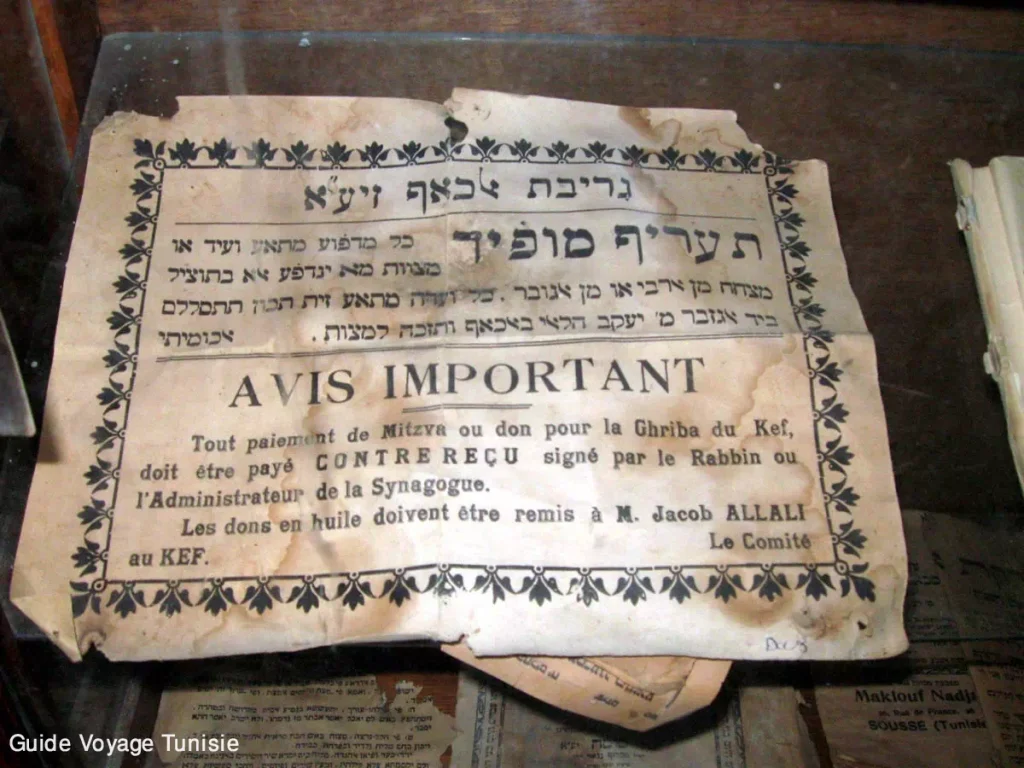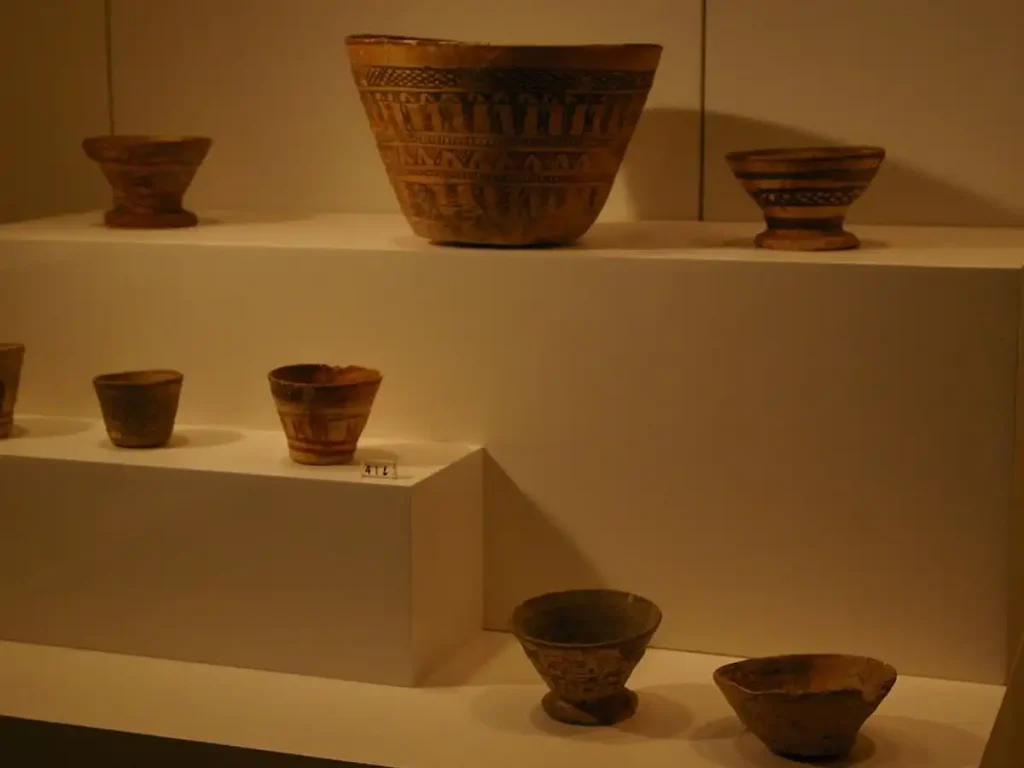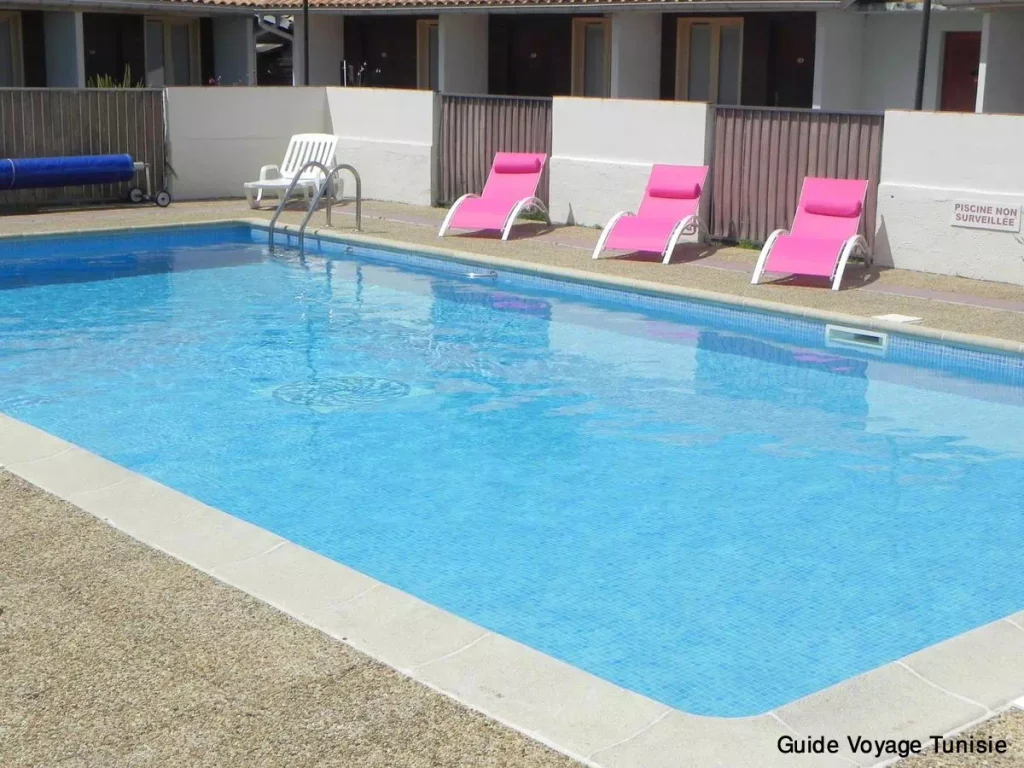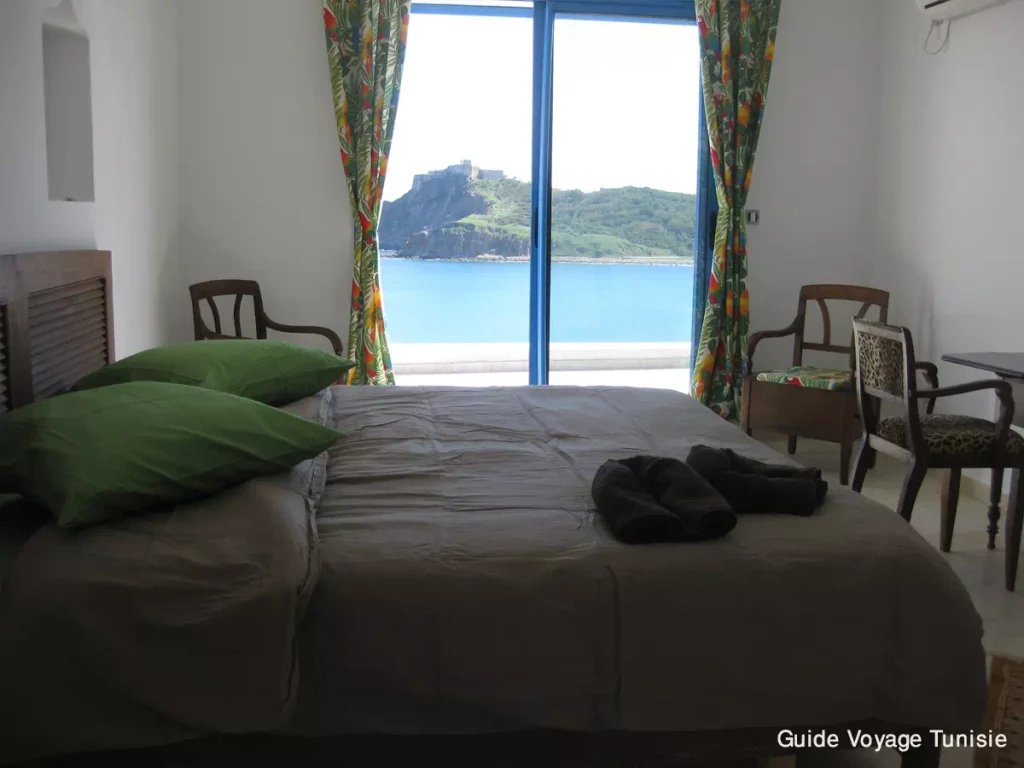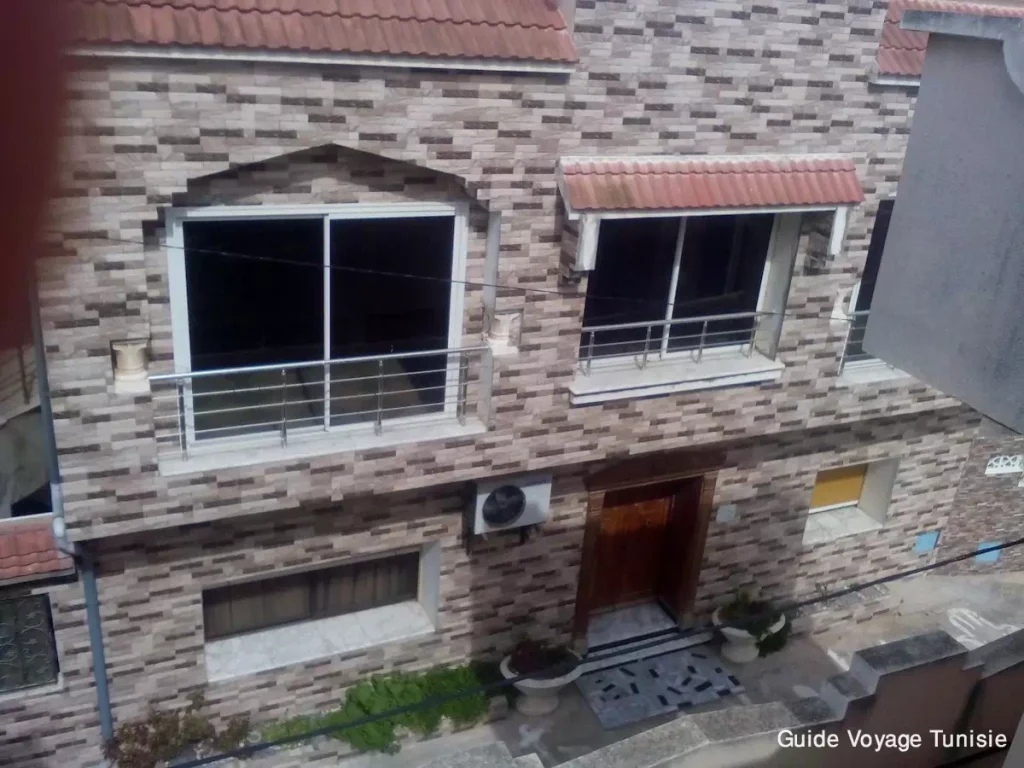Le Kef City
The city of Kef is a city located in the North-West of Tunisia (36°11 North and 8°43 East), one hundred and seventy five kilometers west of the capital Tunis and forty kilometers east of the Algerian borders. Capital of the governorate of the same name and home to more than forty five thousand inhabitants. Its municipality is spread over the territory of two delegations which correspond to the two municipal districts, the first is Kef East and the second is Kef West.
Since ancient times, the city has been the main city of Haut-Tell, North-West Tunisia and part of eastern Algeria. And until recently it was the most important religious center, the dominant stronghold and the political center.
At 582 meters above sea level, it is considered the highest large city in the country. Its urbanized area reaches two thousand five hundred hectares of which forty five are located inside the old ramparts of the medina. The saint of Kef is called Sidi Bou Makhlouf who gave his name to a mausoleum in the city.
During the Carthaginian period, the region was first known as Sicca, then at the advent of Roman domination, Sicca Veneria. Subsequently, the city has had several names throughout its history: Colonia Julia Cirta, Cirta Nova, Sikka Beneria, Chaqbanariya and finally in the 16th century it took the final name Le Kef. Have found various Roman ruins still present.
Its presence near the Oued Mellègue valley where the oldest Tunisian archaeological site is located in Sidi Zin, leads us to believe that it is one of the first regions to be occupied by prehistoric man.
Later, on the heights of Kef (Djebel Dyr), he settled in a place called Sidi Mansour. Where he was able to take advantage of a site very easy to defend in the heart of a game-rich region, an abundant source of water as well as a natural refuge located in the local caves. There are still visible rock paintings that testify to its passage (esh-Shgega).
In the heart of the city The site of Kef was also occupied very early, as evidenced by the recent discoveries of remains of Neolithic lithic industries in connection with the agricultural domain (oued el Ain). The first cults around the abundant source of Ras el Ain probably date back to this time, located in the city center. Until now, the Keffois still evoke the subject of the Holy guardian of the waters of the spring named Lella Mna, a distant survival of the ancient cult of the genius of springs and waters.
If we judge the many megalithic remains that have crossed the centuries to reach us (Hram of Sidi Mansour) we can come to the fact that the megalithic era must have been flourishing. Unfortunately, many have disappeared, witnesses of the first centers of sedentary settlement which were to give birth to the city.
During 5th c. av. J.-C, the Carthaginian influence reached the city as evidenced by the discovery of remains of Punic ceramics which belong to the 4th century. av. J.-C., during the construction of the ramparts (Borj Glel) of the city. And according to the story, thanks to its perched site, rich in water, the city became protected by Astarté (or said according to Ashtart citizens) goddess of fertilization. And this cult is certainly at the origin of the first name of the city, Cirta or called Chitra = Kitra. Which probably means the sanctuary dedicated to Ashtar, a sacred high place. Already, since the existence of the Numidian era, a center of pilgrimage and a temple city can allow a political alliance with the neighboring villages. And this indigenous territorial organization survived over time, until Roman times, and which had the name “petrica” and “castella”. Subsequently, the city passed under the control of the Massaesyle Numidians, whose king made Cirta from 205 BC. AD a Massinissa residence. In 203 BC. J.-C., After his victory over Syphax, King Massyles of the Numidians, reinforced his role as capital of the unified Numidian kingdom the Regum Numidiae, and his heir son Micipsa (148-118 BC) embellished it . This city was described by the ancients, a splendid city which welcomed an important Italic and Greek colony, scholars, wheat merchants and architects in general.
In 118, the year that corresponds to the death of Micipsa, his three heirs Hiempsal, Jugurtha and Adherbal disputed the kingdom. This dispute led to the death of Hiempsal who was assassinated by his brother Jugurtha. This gesture led to the division of the Numidians into two camps. One for Adherbal, and the other for Jugurtha and his military elite. And thereafter in 112 BC. AD Cirta was besieged and invested by Jugurtha and Adherbal was defeated and slaughtered the same year. Jugurtha then became the master of all Numidia.
But fighting resumed against the Roman army in 110 BC. AD and in 108 BC. AD the city of Cirta surrendered to the Romans. Not far These were
The city of The Kef in pictures
The city of The Kef in video
Top visits to Kef
Le Kef is the place where you won’t get bored! Between the synagogue of the Ghriba, the table of Jugurtha and the museum we have enough for the week. Discover with us the essentials of Kef.
Where to stay in Le Kef
At Le Kef, the choice of accommodation is so vast that it can meet all needs and all tastes! Between hotels, guest houses and vacation rentals you are spoiled for choice.


